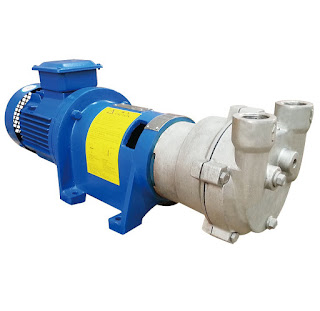Vacuum Quenching in Heat Treatment Defects
Vacuum quenching technology is becoming more and more popular, but at the same time, its problems are pointed out.
One is the evaporation of alloying elements such as Cr and Mn, and the surface abnormal structure produced by vacuum evaporation of Cr from heat-resistant fixture to workpiece. The countermeasures are taken. It is to reduce the vacuum and introduce control gas into the furnace.
Secondly, the problem of insufficient cooling capacity is that for the SKH51 die, the pressure nitrogen cooling of 5-6 Bar and the pressure nitrogen cooling of 20 Bar for the SKD6l die-casting die are nearly solved.
Third, the problem of quenching deformation. Vacuum quenching and small quenching deformation are its commodity characteristics, but we all know that this is a misunderstanding. Although the deformation is small, it is also tending to improve the furnace structure to reduce quenching deformation recently.
Fourth, oxidation coloring problem, although the workpiece can actually be used, but it reduces the value of goods, increasing claims from die users.
Nowadays, many heat treatment plants use vacuum quenching furnace to heat treat bearing rings, which will cause deformation of workpiece. Heshenglong vacuum equipment makes a simple analysis on the deformation of products for you, hoping to help you.
First of all, the problem before quenching in vacuum quenching furnace is likely to be the problem of deformation before quenching. The forming of bearing rings mainly includes the following ways:
(1) After spheroidizing annealing, cold-rolled bearing steel pipes and hot-rolled bearing steel pipes can be rolled into cold-rolled steel pipes of corresponding specifications by rolling mill according to the requirements of specifications, and then turned to form, or directly turned to form cold-rolled forming steel pipes. The residual stress of these two methods will be relatively larger, which will increase the distortion variables in subsequent heat treatment.
(2) Cold forging means that steel is annealed by spheroidizing, then cold forged or rolled, and finally turned into shape. This method may also cause deformation of workpiece before heat treatment in vacuum quenching furnace.
(3) Hot forging means that steel is spheroidized annealed, cooled and then turned. Similarly, the workpiece may be deformed before vacuum heat treatment.
(4) Hot-rolled steel pipe refers to the spheroidizing annealing of hot-rolled steel pipe before turning.
For bearing rings with outer diameter less than 100 mm, cold rolling process is mostly used at present. This process is widely used because of its energy saving and effective cost reduction. However, the stress produced by this process is also relatively large, which brings some difficulties to the final heat treatment. Therefore, the heat treatment process should be more precise and the operation should be more serious. At the same time, the heat treatment equipment (using Heshenglong vacuum quenching furnace can meet the requirements) should also be higher. Only in this way can we meet the technical requirements of the products.
Screw vacuum pump in distillation process
Heat treatment effect of vacuum return furnace
Vacuum Ion Nitriding Furnace
low price chamber type vacuum resistance atmosphere furnace




评论
发表评论